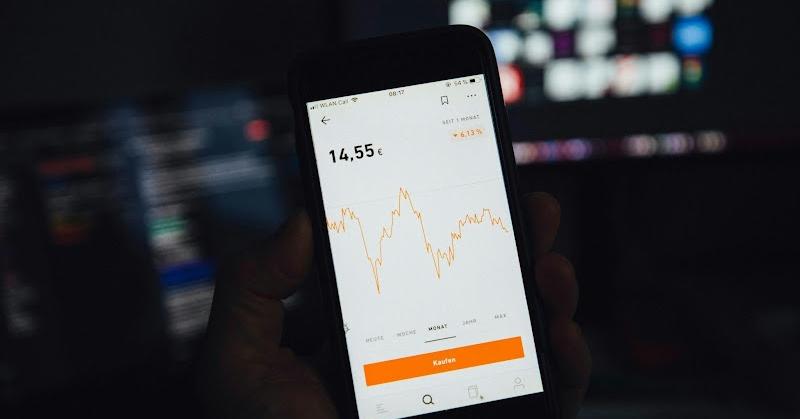As an investor, you can make money as a trader or as the owner of a trading app. While trading can be profitable, it has its risks. Trading apps, however, can become a source of unending income. If you venture into trading app development, launch, monetize, and market it to a large audience, you become the keeper of traders’ assets and earn money by charging fees on trades. In this article, we will explore how to make a trading app and the steps to follow when you make automated trading software (Topflight research will help you also).
Trading App Development: Define Your App’s Purpose and Features
Clarify the app’s objective. Will it focus on stocks, cryptocurrencies, or both? Outline key features such as real-time data, trading alerts, and user-friendly interfaces. This stage is crucial when you want to make a stock trading app. You need to understand exactly what your app will offer. Will you be offering:
- Resources: A trading app can be the center of trading resources. Some apps ensure that they provide real-time data on assets, notifications, educational resources on how to trade, and so much more.
- Social trading: Are you building an app or a community? If the latter is your answer, consider adding features that foster community chat and much more.
- Copy trading: Will traders have the opportunity to copy the trade strategies of top traders on the app? Copy trading allows newbie traders to follow the exact steps of experts. It also gives experts extra income by cutting them a percentage of their follower’s positive trades. You should seriously take into account copy trading if you want to create a stock market app.
Market Research and Target Audience
Conduct thorough market research to identify competitors and trends. Understand your target audience, catering features to their preferences and needs. Your market research should also investigate demographics not swooped up by whales. What can you offer? What is your tipping point? Will you offer a little more leverage? How about a more sophisticated API? How about more decent customer support? It could also be liquidity. Whatever your USPs are, they need to outdo the competition.
Choose a Development Platform
Select a development platform based on your app’s requirements. Consider factors like security, scalability, and integration capabilities. Popular choices include iOS, Android, or cross-platform development. Your development platform choice will be determined by the tech stack you can access, your budget, and your market. For example, if your app is launched in a third-world country, you may consider launching it on the Android store since your potential users will have more Android phones than iPhones.
Real-time Data Streaming
Integrate robust APIs for real-time market data. Reliable data streaming is critical for users to make informed decisions and execute trades promptly.
Intuitive User Interface (UI)
Your user interface must be friendly, intuitive, and easy to navigate when you create a stock trading platform or a crypto app. The seamless functionalities of your interface will determine if people will use your app after downloading or just dump it. Some trading apps have been known to have login and sign-up issues. Other apps take a painful time before users can fund their wallets. An intuitive interface from the get-go positions your app as a potential frontrunner in the future.
Develop Secure User Authentication
Prioritize user security with robust authentication measures. Implement two-factor authentication and encryption protocols to safeguard user information. Security protocols like cold wallet, pass keys, trading behavior, and login triggers will ensure that users on your app are secured and funds will not be tampered with. You should also institute a robust identity verification system.
Payment Gateways
Facilitate seamless transactions by integrating secure payment gateways. Offer multiple payment options to enhance user convenience.
Implement Trading Algorithms
For advanced users, incorporate trading algorithms and analytics tools. This feature empowers users to automate trading strategies and analyze market trends. Trading algorithms, especially when in-depth, are a haven for advanced traders. Some apps now employ blockchain and Machine Learning to create intuitive algorithms.
Regulatory Compliance
Understand and comply with financial regulations in the regions in which your app operates. Obtain necessary licenses to ensure legal compliance and build trust among users.
Test for Vulnerabilities
Rigorously and comprehensively test your app. If possible, employ external auditors to help you find vulnerabilities in your app.
Launch and Marketing Strategy
Plan a strategic launch, considering initial user acquisition and marketing efforts. Leverage social media, partnerships, and targeted campaigns to increase app visibility. You can also consider influencer marketing to reach a broader audience in a short time.
Conclusion
You must understand the technical, design, marketing, and legal restrictions in trading app development. You must also be committed to building an app that is secure, safe, has an intuitive interface, and excellent functionality. By following the steps outlined in the article, you can embark on a journey to develop a robust and user-friendly trading app that contributes to the evolution of financial technology.
And you can find out the most detailed information about the creation of crypto trading app here: https://topflightapps.com/ideas/how-to-develop-a-crypto-trading-app/
